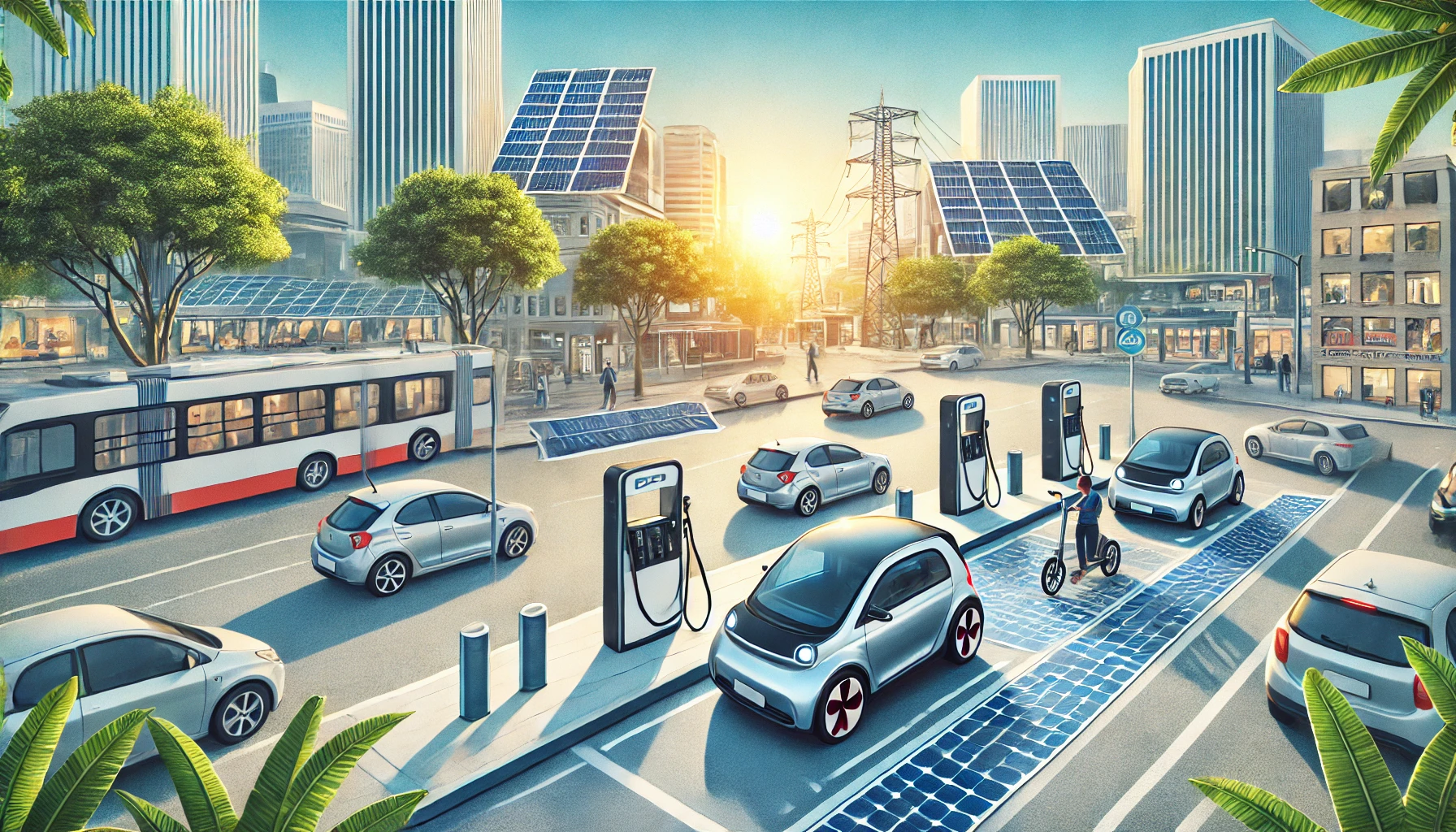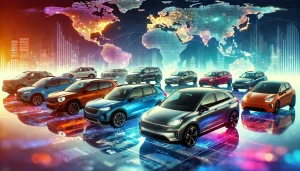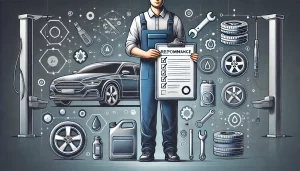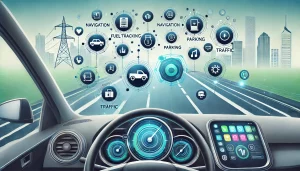Electric cars are gaining prominence in Brazil as a sustainable and innovative alternative to traditional transportation. Despite their numerous advantages, such as lower environmental impact and reduced operational costs, they also face significant challenges, especially in a country with developing infrastructure and a market largely dominated by combustion vehicles. In this article, we discuss the advantages and disadvantages of electric cars in Brazil, analyzing their feasibility, environmental impact, cost-effectiveness, and the future of this technology in the country.
Why electric cars are gaining ground in Brazil
In recent years, Brazil has seen an increase in the adoption of electric cars, driven by tax incentives, greater environmental awareness, and technological advancements. Global and local automakers have been launching new models, ranging from luxury options to more affordable vehicles for Brazilian consumers.
This movement is aligned with the global transition to cleaner energy sources, a response to growing concerns about climate change. In Brazil, this trend is also driven by the increasing share of renewable energies in the energy matrix, which makes electric vehicles even more sustainable in the national context.
However, growth is still limited by the lack of adequate infrastructure and high initial costs. Despite this, the outlook is positive, with the forecast of market expansion and increased competitiveness among models.
The main advantages of electric vehicles in the country
Electric cars offer several advantages that make them attractive, especially for environmentally conscious consumers and long-term savings.
- Environmental sustainability: In Brazil, where a large portion of electricity comes from renewable sources such as hydroelectric and solar power, electric cars have significantly lower indirect carbon emissions compared to combustion vehicles.
- Operational economy: The costs of electricity are generally lower than fossil fuels, and electric vehicles require less maintenance due to the absence of complex engines and systems such as exhaust or gearbox.
- Comfort and technology: These vehicles usually offer a quiet driving experience, linear acceleration, and advanced onboard technology, with advanced infotainment systems and driver assistance.
- Tax incentives: Some Brazilian cities offer discounts on taxes such as IPVA or exemptions from traffic restrictions, making electric vehicles more financially attractive.
These advantages make electric cars a promising option for consumers who prioritize economy, innovation, and environmental responsibility.
Challenges faced by electric cars in Brazil
Although they offer considerable advantages, electric cars still face a series of challenges that limit their popularity in Brazil.
- High initial cost: The purchase price of an electric car is significantly higher than that of a combustion vehicle, due to the cost of batteries and the low production scale in the country.
- Limited infrastructure: The network of charging points is still insufficient to meet demand, especially outside major cities, creating barriers for long-distance trips.
- Charging time: Even with fast chargers, the time required to recharge the batteries is longer than refueling with fossil fuels, requiring adaptation on the part of drivers.
- Lack of robust incentives: Despite some benefits, Brazil still lacks broader government policies that make electric vehicles more competitive, such as subsidies or specific lines of credit.
These obstacles show that, although electric cars have great potential, there are still structural and economic barriers to be overcome.
Charging infrastructure: current and future scenario
Charging infrastructure is one of the main challenges for the popularization of electric cars in Brazil. Currently, most charging stations are concentrated in large urban centers, such as São Paulo and Rio de Janeiro, leaving rural areas and smaller cities with little or no coverage.
The installation of fast charging points in strategic locations, such as highways and shopping mall parking lots, is essential to increase consumer confidence in purchasing an electric car. Private initiatives, such as dealership networks and energy companies, are investing in this sector, but there is still plenty of room for growth.
In the future, it is expected that the infrastructure will expand significantly, driven by public and private investments, as well as regulations that encourage its implementation in new developments.
Environmental impacts of electric cars in Brazil
From an environmental point of view, electric cars are widely seen as a sustainable solution, but it is important to consider all aspects of their life cycle.
- Reduction of local emissions: Unlike combustion vehicles, electric cars do not emit pollutants directly, which improves air quality in urban areas.
- Renewable energy matrix: In Brazil, where electricity is predominantly generated from clean sources, electric cars have a greater positive environmental impact than in countries with a fossil fuel-based matrix.
- Batteries and recycling: Battery disposal is still a significant environmental challenge. Although there are advances in recycling, it is necessary to invest in technologies that minimize the impacts of this process.
The environmental benefits are clear, but it is essential that recycling and sustainable production policies are implemented to maximize the efficiency of this type of vehicle.
Cost-benefit: electric cars versus combustion
The cost-benefit of an electric car depends on several factors, such as intended use, available incentives, and direct comparison with combustion models.
- Initial cost: Although electric cars are more expensive to purchase, significantly lower operating costs can offset this long-term investment.Reduced maintenance: Electric vehicles have fewer moving parts, resulting in less need for maintenance and repairs, providing savings over the years.
- Fuel savings: Electric energy is cheaper than fossil fuels, especially during off-peak hours, such as during the night.: Veículos elétricos têm menos peças móveis, o que resulta em menor necessidade de manutenção e reparos, proporcionando economia ao longo dos anos.
- Economia de combustível: A energia elétrica é mais barata do que combustíveis fósseis, especialmente em horários de tarifa reduzida, como durante a madrugada.
Still, it is important for consumers to carefully evaluate their needs before deciding on an electric vehicle, considering additional costs such as the installation of home charging stations.
The future of electric cars in the Brazilian market
The future of electric cars in Brazil is promising, but it depends on a series of factors to consolidate. With the advancement of technology, the reduction in battery costs, and the increase in charging infrastructure, it is likely that these vehicles will become increasingly accessible.
Government policies also play a crucial role. Fiscal incentives, investments in infrastructure, and the establishment of goals for fleet electrification can accelerate the transition to electric vehicles in the country. In addition, the growing environmental concern and changes in consumer behavior indicate a positive trend for the market.
Brazil has the potential to become one of the leaders in the adoption of electric cars in Latin America, especially due to its favorable energy matrix and the size of the consumer market.
Conclusion
Electric cars represent a viable and sustainable alternative for transportation in Brazil, with clear benefits in terms of economy, comfort, and environmental impact. However, challenges such as high initial cost and limited infrastructure still need to be overcome for these vehicles to become a dominant choice. With strategic investments and appropriate public policies, the future of electric mobility in Brazil is promising and could transform the automotive sector in the coming decades.




